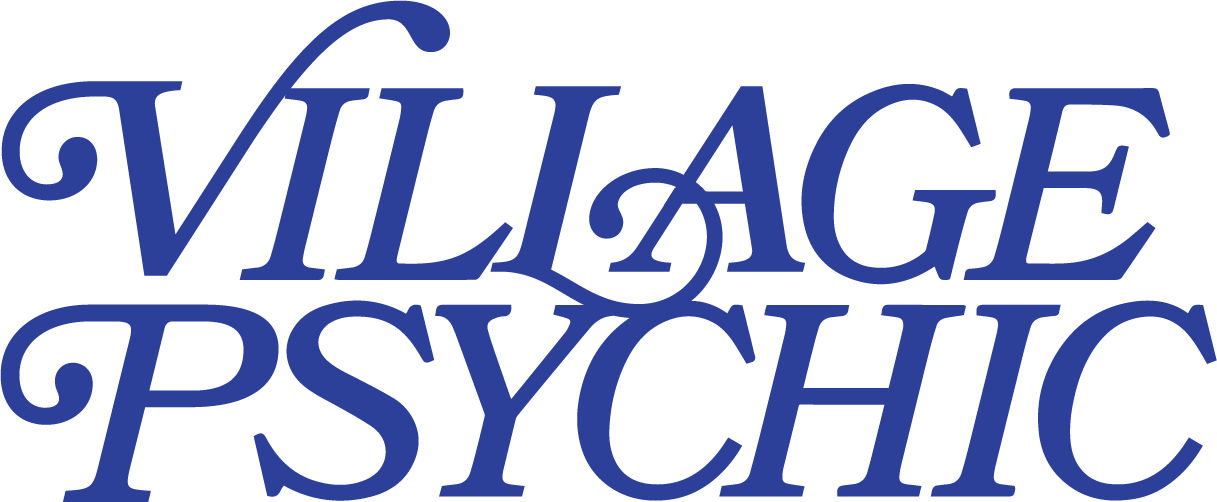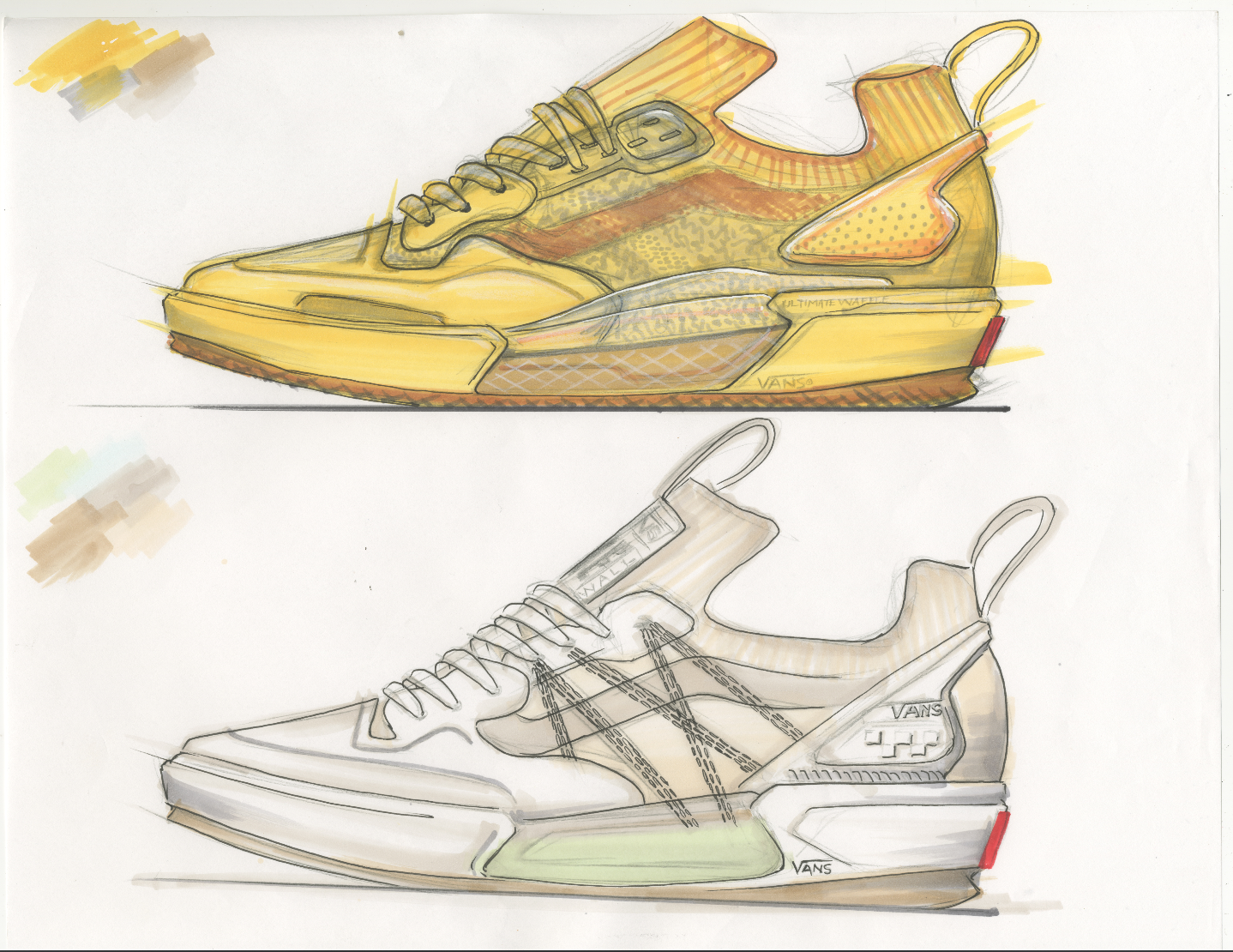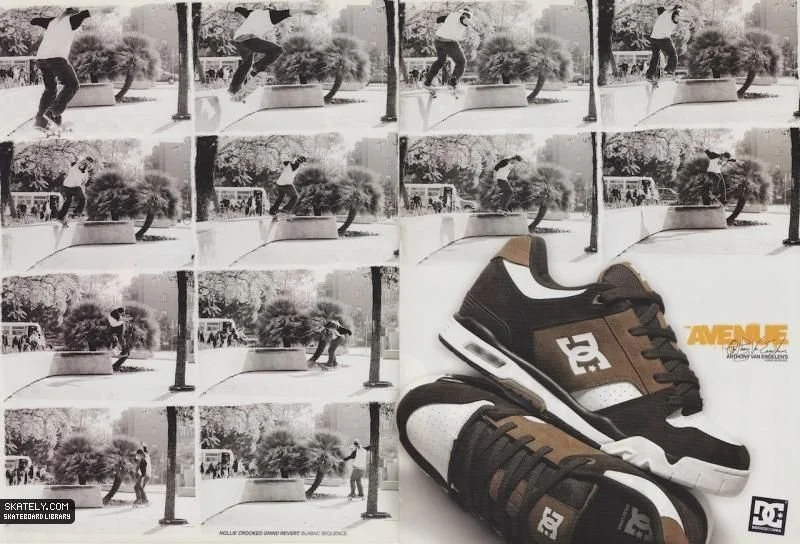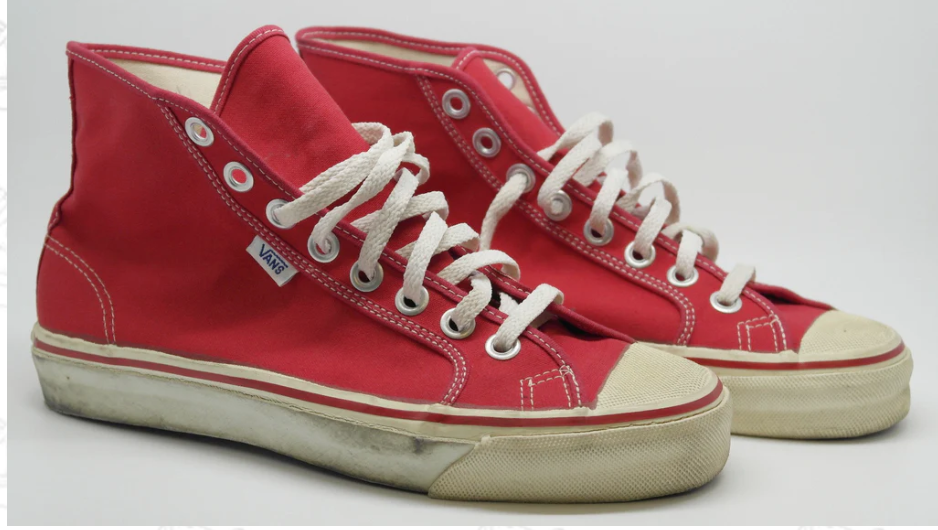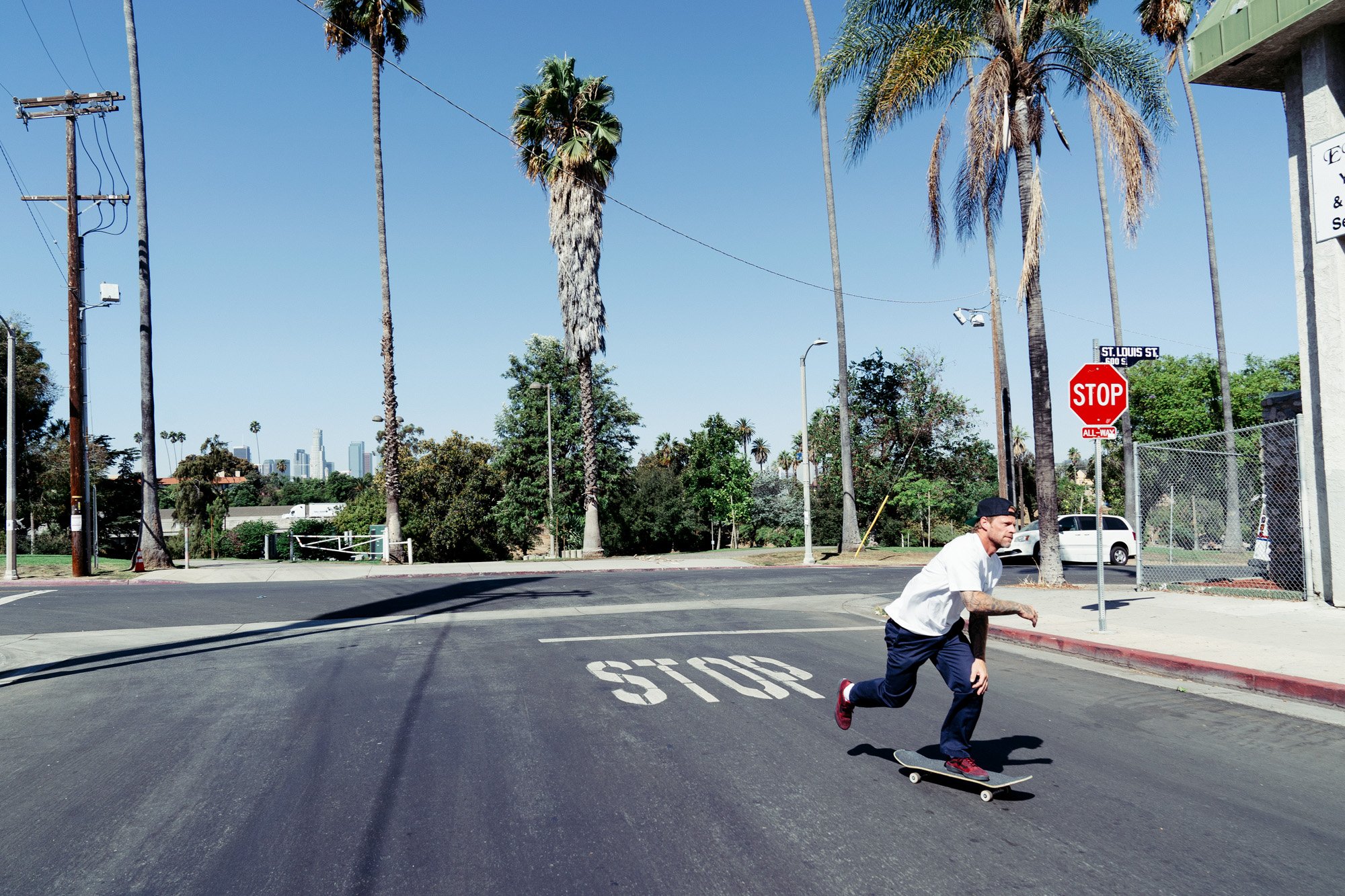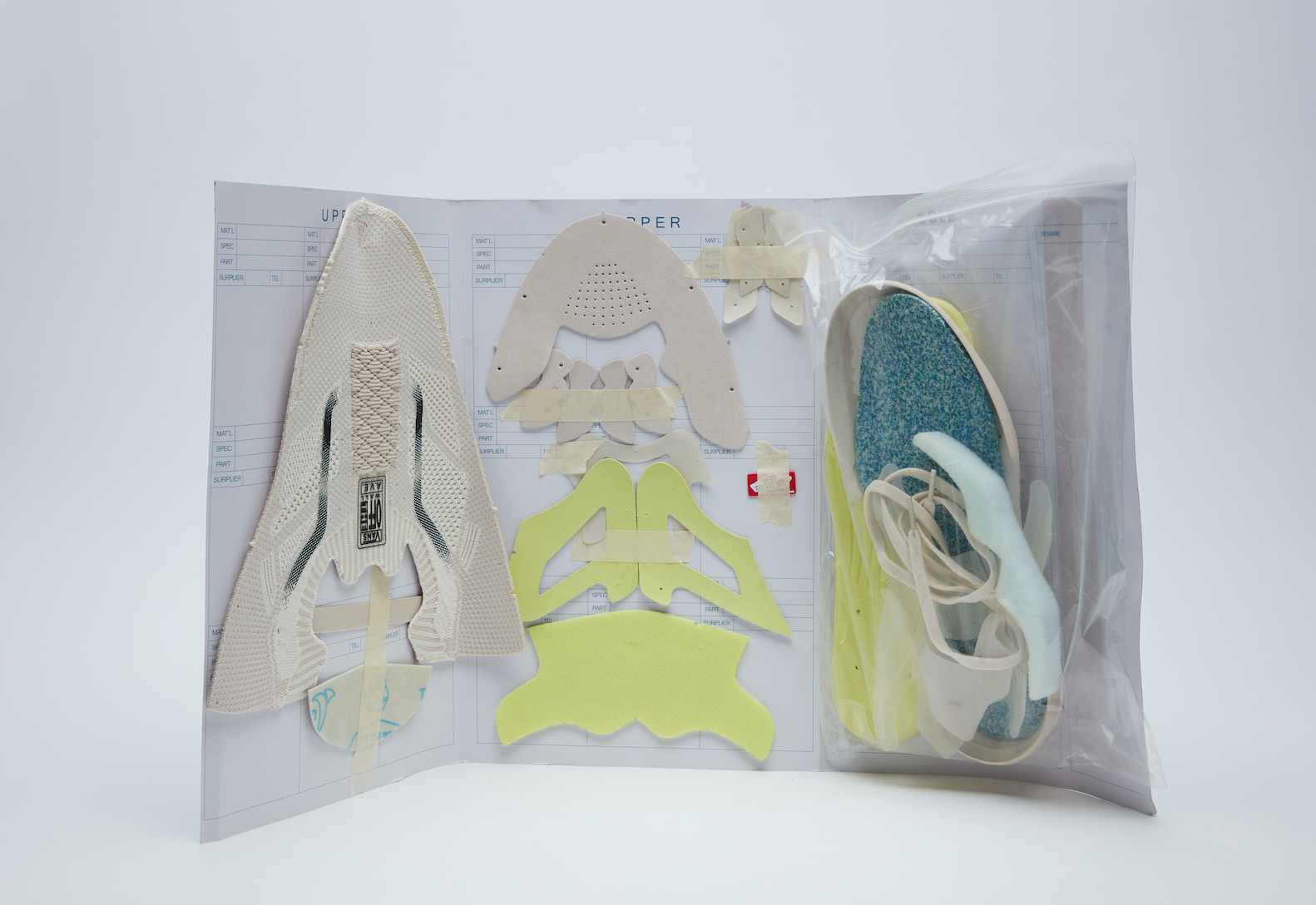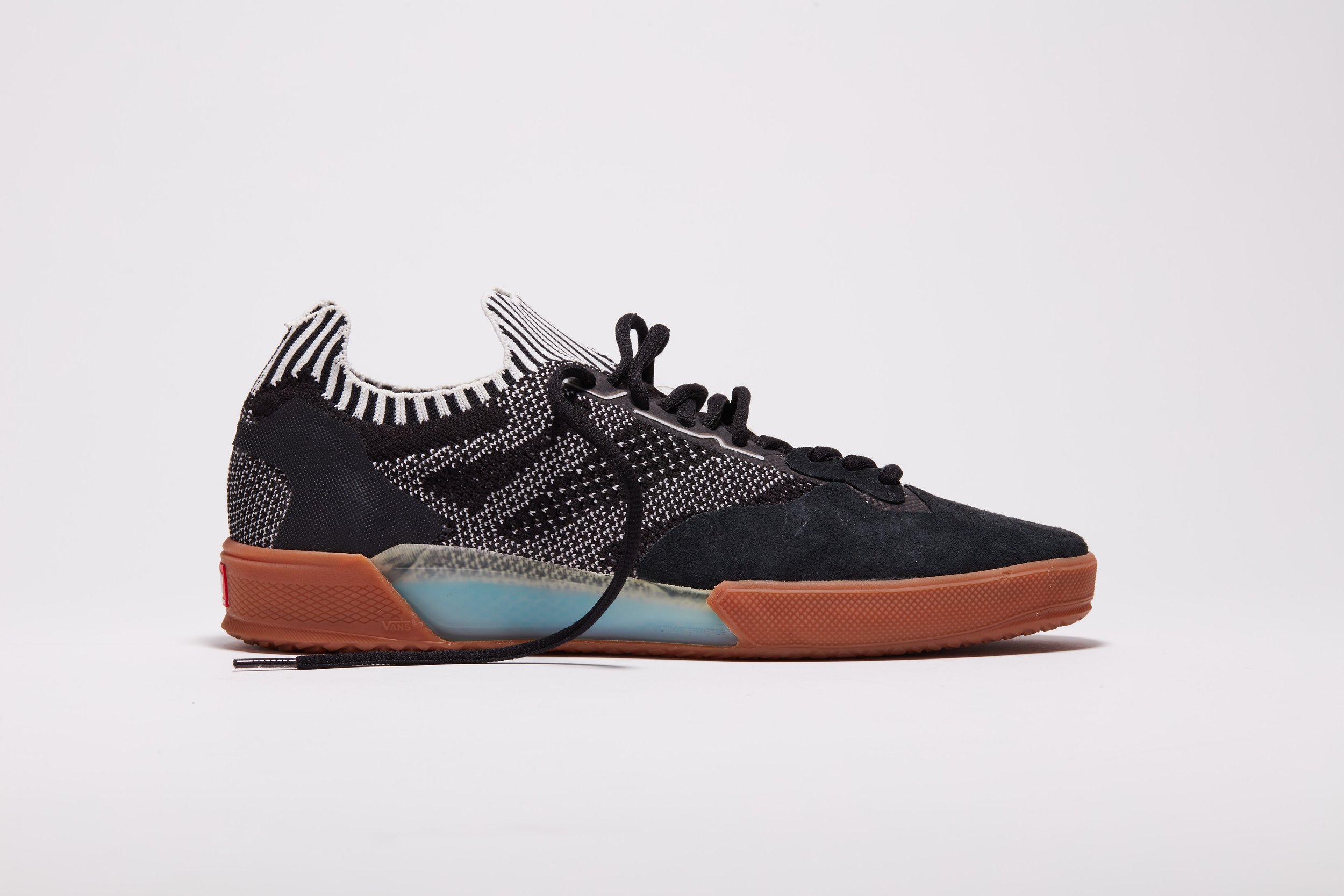Talking AVE 2.0 with Neal Shoemaker, Catherine Acosta, and…AVE
Legendary breakfast meeting crew: Neal Shoemaker, Anthony Van Engelen, and Catherine Acosta.
We’ve done a lot of shoe design content here on VP, but never have we gone this deep. Let’s cut to the chase: Anthony Van Engelen has a new shoe with Vans, the AVE 2.0. We sat down (literally, see above for proof) with Vans Footwear Design Director and VP alum Neal Shoemaker, Vans Brand Archivist and Historian Catherine Acosta, and the man of the hour (and 2015 SOTY) Anthony Van Engelen.
Early sketches of the AVE 2.0 from Neal Shoemaker.
Village Psychic
Let’s start at the beginning – Neal, have you been designing at Vans as long as Anthony has ridden for them?
Neal Shoemaker
No. Anthony got on in 2005, and I interned in 2006 but then came back after I graduated college and started working at Vans full time in 2008.
Vans ad for the AV Era, AVE’s first pro shoe on Vans.
Anthony Van Engelen
The AV Era was my first pro shoe on Vans, that was in 2006. Dustin Dollin had the No Skool at the time, which was an Old Skool with a cup sole and a little bit of a tongue. We basically took that same idea with with the Era silhouette.
Neal Shoemaker
When I was interning they were testing those. I remember getting a pair in 2006.
Village Psychic
Since we’re talking about beginnings, it's a huge deal for anyone to have a pro shoe – when you were starting to have those conversations about having your own pro shoe with Vans, what was going on in your head?
AVE’s first signature shoe on DC, the Avenue.
Anthony Van Engelen
Well, to come to Vans from DC, I was just wanting to go back to skating the stuff I skated when I was a kid, you know? That vulcanized sole, the feeling you get when you’re skating a shoe like that. I’d literally be finished skating, take my DCs off and be wearing Eras, for years while I rode for DC. I was so stoked, I wanted the freedom to be able to ride that type of shoe and get away from the bulkiness of the early 2000s trend of skate shoes, because they just weren't functional. They were they were a fucking hassle to skate in.
Village Psychic
Right - anyone who had a pro shoe at that time grew up skating in something a lot more stripped down.
Anthony Van Engelen
For sure, and even if you were skating outside of skate -pecific shoes, which in my era were Half-Cabs, or Airwalks maybe, people were skating Adidas Gazelles, or whatever vulc shoes you could find at Nordstrom Rack or Ross Dress for Less. It was all kind of slimmed down.
And then…it just went crazy. The more shit you could stick on a shoe, that the thing to do – I did it myself. But yeah, eventually you're just like…I don't want to ride this.
Neal Shoemaker
I’ve always attributed that to this great unlock of production moving to Korea. Korean factories had all these new details and constructions. Vans that were made in the US were very straightforward. The factories didn’t have the capabilities to make those molded widgets or use all these different materials, whereas Korean production was already with athletic brands making product there for years. Once all the skate shoe manufacturers moved their production to Korea in the mid-90s, it opened up new possibilities like airbags and PU (polyurethane) midsoles.
Catherine Acosta
Across the board, even into the lifestyle footwear that Vans was making in the mid-to-late 90s, you're seeing a lot of cupsole designs, a lot of just real experimentation and a bigger shift away from more basic vulcanized footwear, which doesn't completely go away, but takes a backseat for a good chunk of years there at that time.
The AV Rapidweld Pro, an AVE pro model from 2016.
Neal Shoemaker
I remember getting the initial pullover samples, we had received the uppers – with a clear Rapidweld TPU on the forefoot. We were scared to show you those because we just didn't think you would like it, thinking that there was just too much going on. But you were pretty hyped on the way you could see everything underneath it. That's where that colorway came from.
Catherine Acosta
In that exhibition that we're showing here, it’s outlined how this is really the beginning of innovation & progression across the board, not just with Anthony shoes, but the years before the design team was already sort of experimenting and pushing boundaries. You guys already had access to some of these construction methods, you were already playing around with them. Anthony was like a really good test subject.
Neal Shoemaker
You showed interest, right?
Anthony Van Engelen
Yeah, absolutely.
Catherine Acosta
I feel like it reflects like a mindset of being open.
Anthony Van Engelen
Yeah, at that point, it was…what year? 2015? This is like 10 years into making kind of vulcanized pro models and stuff. I started thinking about how we could do something kind of different but keeping it close to being a vulc shoe. So the questions with the upper was like “how do we do something totally different?”
Village Psychic
I think context is important – what else was going on with Vans at the time? Did you have more technology that was being unlocked?
The Graph, a shoe from Vans’ LXVI line.
Neal Shoemaker
That’s a great point. We had this commercial athletic leaning category called LXVI, and that was opening the door to a lot of these materials, pushing In some of our factories to do those more modern constructions. There was like a lot of trial and error there. We hadn't done anything too technical with a vulc shoe, because all of these more modern technical materials basically melt or separate in the vulc chamber – where the whole shoe gets heated up as part of the final bonding process of the rubber foxing to the outsole and upper.
Catherine Acosta
For like, context of that time period, that looking more broadly at Vans, you have experimentation with all these other sort of categories, you have Vault really peaking to by bringing in a lot of coveted collaborations and business growth, which allows for a lot of playfulness and experimentation. This is the tail end of Syndicate, there was just a lot of internal energy happening at the brand, specifically in product design.
The Classic AV Pro.
Village Psychic
Continuing on, let’s talk about how that philosophy guided the creation of your next few pro models. There was this period where a lot of shoes had a rubber toecap, and your Classic AV Pro really stood out.
Anthony Van Engelen
I remember Initially I wanted to do a rubber toe as well, but we decided not to because…remember that old shoe that Vans used to make?
Neal Shoemaker
Style 24.
Anthony Van Engelen
Yeah, there was the Coors Light one in the 90s. That was the last one where when I was trying to make a shoe and I'd go back into the crates and be like, “Can we do something with this one?”
Catherine Acosta
That one was originally one of the silhouettes from the 60s. It's just kind of always been there in the background, and then it went away in the mid 90s. I think it's one of those hidden gems.
Neal Shoemaker
For us at the time, we had the Era in the Pro Classics, but we didn't have the Authentic. It was kind of perceived at Vans that the Era was the skate shoe, and the Authentics were the lifestyle shoe – we didn't really need one in the skate line. But people were still skating Authentics and asking for them, so the AV Classic was our way to get at that ask from skateboarders. Also, I think what you're saying about that old Style 24, it has lineage back to like the AV Skate Low, too. That really was our way of doing a deconstructed, simple shoe with Anthony but satisfying that kid who wanted Authentics.
I like that we got to use that tongue tag logo, too. That was the first time we brought it back, and it’s lived on in your shoes ever since.
Village Psychic
What was this time frame? This was right after you got SOTY?
Anthony Van Engelen
Around then, the Classic AV was around during Propeller.
The AVE 2.0. Notice the toe :)
Village Psychic
The groove in the toe on the AVE 2.0 looks a lot like this shape we see on the toe on the AV Rapidweld Pro – was that intentional?
Neal Shoemaker
Absolutely. The exhibition that Catherine has put together illustrates how with the AV Rapidweld Pro, we started proportionally from an old model, the Style 36, and you can see a clear link across all of Anthony’s shoes that come after. We wanted to push that further, a lot of the impetus for the AVE Pro was to take the stuff that we're hiding on the inside and bringing it to the outside. That was the reason why I had a clear sole on every colorway. We were trying to be pretty bold about that and not hide everything away under suede or canvas.
Even if you go back to the Rapidweld where you can see into the insole, that was something we started in Chima Ferguson's second shoe. It was a removable two part Ultracush foam footbed with a TPU cage around it. Which added structure and stability, but it was still really lightweight. The TPU cage around the heel was something we put in there to beef up the vulc a little bit more. We basically took those ideas for that insole and took it to the outsole. You can tell where the cushioning is.
Village Psychic
That cage on the back too - that’s TPU as well?
Neal Shoemaker
That's another TPU piece. It's separate and just attached to the upper. For the readers, TPU is Thermoplastic Polyurethane, it's basically just a molded plastic part. It's the same material as that mid-foot support piece that wraps from medial to lateral underneath the foot.
We had a tough time trying to get that knit to stand up and keep its structure with the knit alone. To create that structure we had to build in a little bit more traditional collar lining, so you have better heel hold, and then put that that molded TPU part on the exterior. Most of those fully knitted sock uppers are pretty floppy, and they're made for a running motion that's just straight back and forth. So even in basketball shoes, where you see like those knit uppers, they've got to add a lot more structure, either internally or externally because it's just an inherently flexible material that can’t stand up to all the stress activities with more dynamic movement puts on it – like basketball or skateboarding.
Details of the AVE 2.0.
Village Psychic
Now that we're talking about the knit, it would be great to talk about the decision to make it part of the shoe. It’s what stands out about this one the most.
Anthony Van Engelen
It came from talking about how we could keep pushing the the envelope, how we could keep pulling things off the shoe but have it still perform.
Village Psychic
It’s interesting looking at your first DC shoe, there’s the external heel cup and there was a sock in it. It's just funny to see the elements from your very first pro shoe in this latest shoe, with the other unnecessary pieces stripped away.
Anthony Van Engelen
It's funny, I wasn't like, “Let me try to pull something from an old one.” We had already done the last shoe in a knit, the tongue was basically just the knit, it didn't have any type of filling in it, and because of that it was considerably more comfortable to wear. It had breathability and moved with my foot a lot better than being confined by a regular tongue and all that stuff. I just wanted to achieve more of that here. People might think that this is so far off from what I’ve skated, “You wore Eras forever!”, all that. Everything that’s in this new shoe, it's just the basics. It is a super technical shoe, but just what you need.
A prototpye of the AVE 2.0.
Catherine Acosta
Anthony just hit on that concept of stripping things down to bare bones. That's what we tried to show in the exhibition by going back to the 1970s and exploring what Vans’ innovations were with the Era and the Old Skool and the Sk8-Hi, which was just making slight subtle modifications to pre-existing silhouettes that had been around for decades. For athletic footwear at the time, that's what was needed. It really did come from listening to what skaters actually wanted. That concept of stripping things down, I think, is a really powerful one.
Neal Shoemaker
I like that you guys picked up on it because there's an inherent utility to all that stuff that we try. We do make them technical, not what you'd necessarily expect would work for him, but everything is on the AVE 2.0 Knit for a specific utility.
